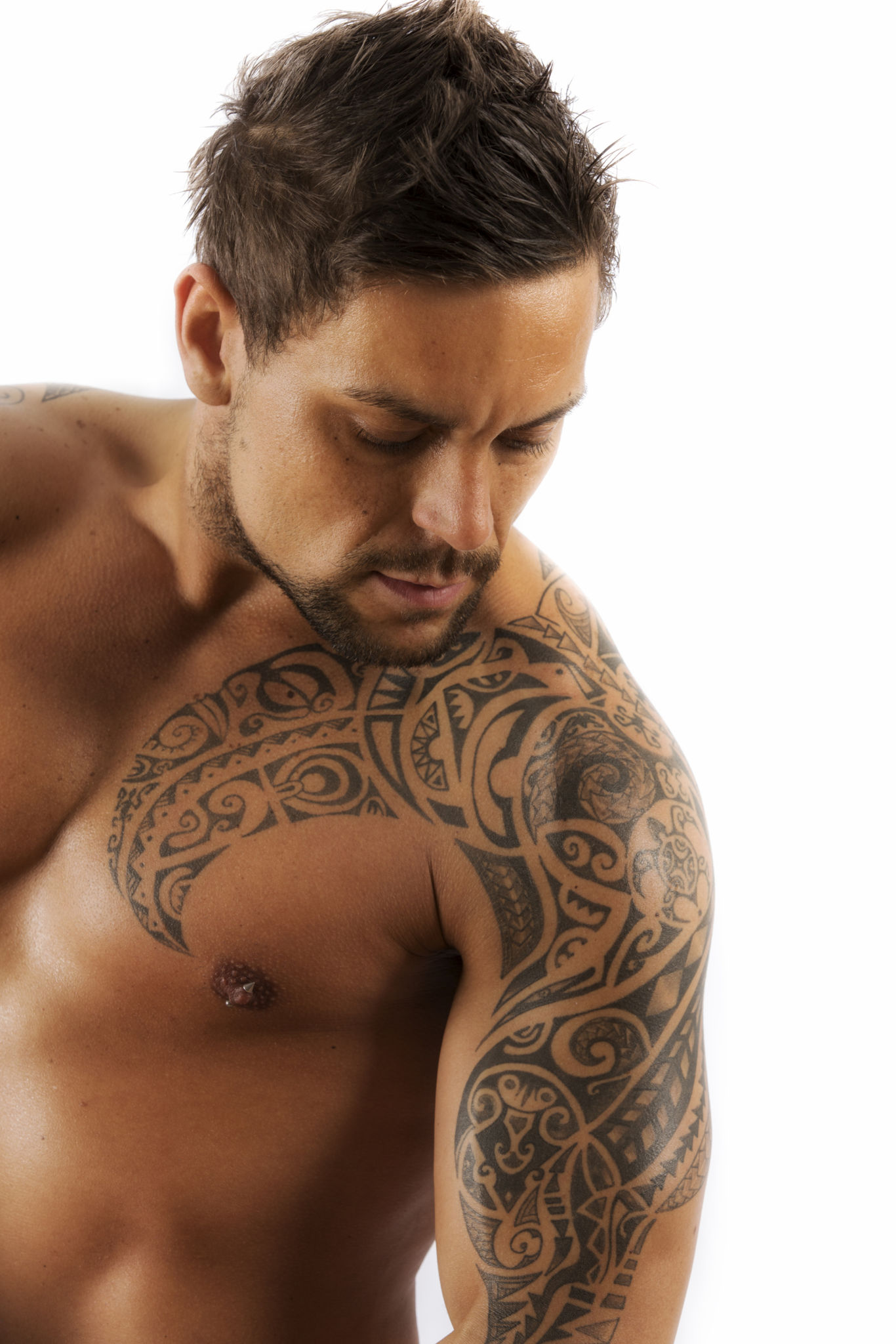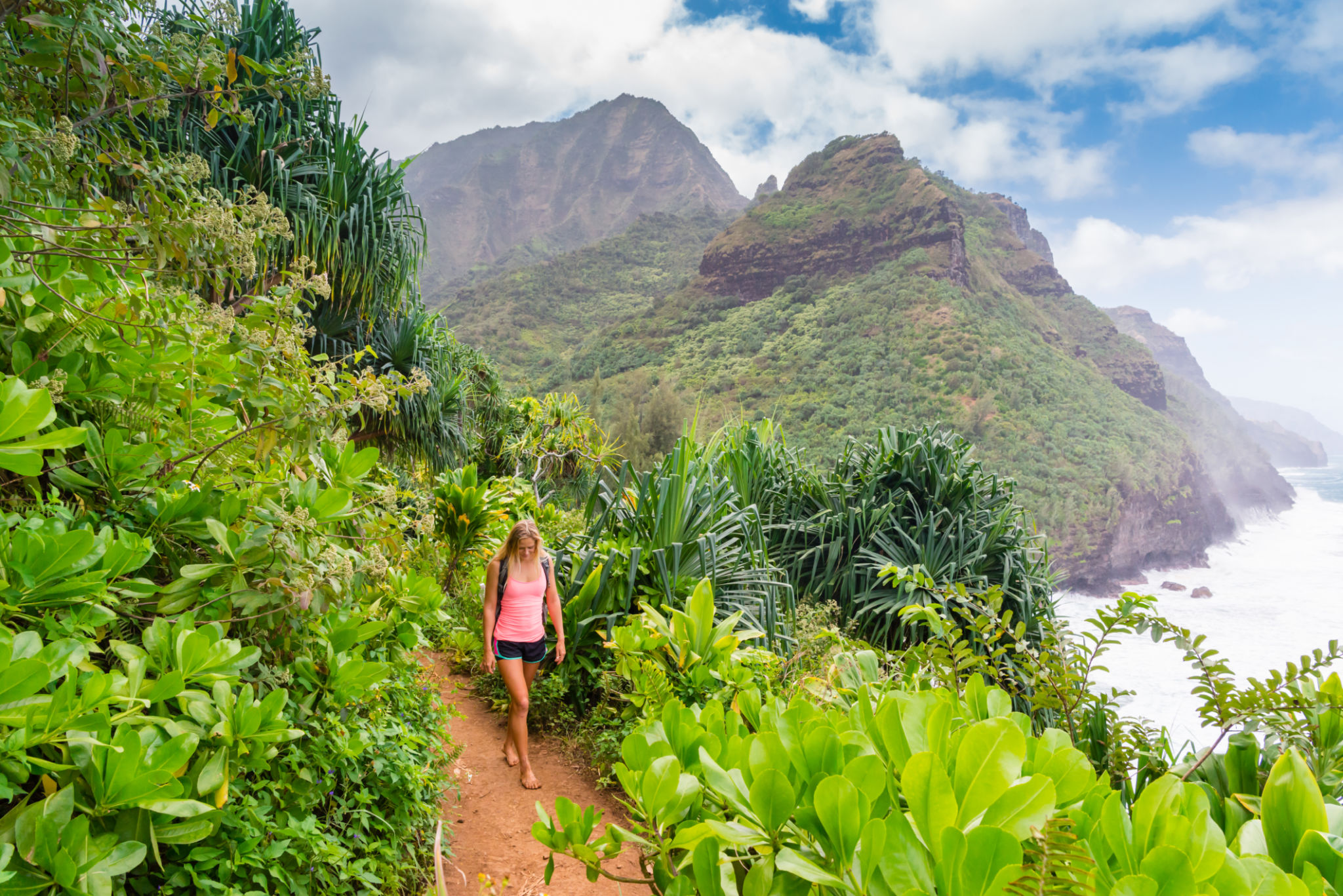Myth-Busting: Common Misconceptions About Getting a Tattoo in Hawaii
Myth-Busting: Common Misconceptions About Getting a Tattoo in Hawaii
Hawaii is a dream destination for many, offering stunning landscapes, rich culture, and unique experiences. Among these experiences is the opportunity to get a tattoo in one of the most beautiful places in the world. However, there are several misconceptions about getting inked in Hawaii that can cloud your judgment. Let's debunk some of these myths and give you a clearer picture of what to expect.

Myth 1: All Tattoo Shops in Hawaii Are Expensive
One common misconception is that getting a tattoo in Hawaii will always break the bank. While it's true that some tattoo parlors charge premium prices due to their reputation or location, not all shops follow this trend. In fact, Hawaii offers a range of tattoo studios with varying price points.
It's important to do your research and find a shop that fits your budget. Many local artists offer competitive rates without compromising on quality. Asking for recommendations from locals or reading online reviews can help you find the perfect place for your tattoo.
Myth 2: Traditional Hawaiian Tattoos Are Only for Locals
Another widespread myth is that traditional Hawaiian tattoos, or "kakau," are exclusive to locals. While these designs hold deep cultural significance and history, they are not restricted to people of Hawaiian descent. However, it is essential to approach this art form with respect and understanding.

Consulting with an artist who specializes in traditional Hawaiian tattoos can provide insight into the meanings and significance of these designs. This ensures that you choose a tattoo that honors the tradition and culture appropriately.
Myth 3: You Can't Swim After Getting a Tattoo
With its stunning beaches, Hawaii is synonymous with swimming and water activities. Many believe that getting a tattoo means giving up beach time, but this isn't entirely true. While it's crucial to avoid submerging your fresh tattoo in water to prevent infection, proper aftercare can minimize downtime.
Most artists recommend keeping your tattoo dry and avoiding swimming for at least two weeks. Following your artist's aftercare instructions will help ensure your tattoo heals properly, allowing you to enjoy the ocean soon enough.

Myth 4: All Tattoo Artists in Hawaii Are Experts in Polynesian Art
While many talented artists in Hawaii specialize in Polynesian art, not every artist has this expertise. It's essential to choose an artist based on their portfolio and experience in the specific style you desire. Communication is key—discuss your design ideas and ask to see examples of their previous work.
Researching artists and studios beforehand can lead you to someone who matches your aesthetic preferences and ensures a satisfying tattoo experience.
Myth 5: Tattoos Fade Faster Due to the Hawaiian Sun
Some people worry that the intense Hawaiian sun will cause their tattoos to fade more quickly. While sun exposure can affect the longevity of any tattoo, this is not unique to Hawaii. Protecting your tattoo from UV rays is crucial, regardless of location.
Use sunscreen and cover your tattoo when spending time outdoors to maintain its vibrancy. Proper care will keep your ink looking fresh for years to come.
